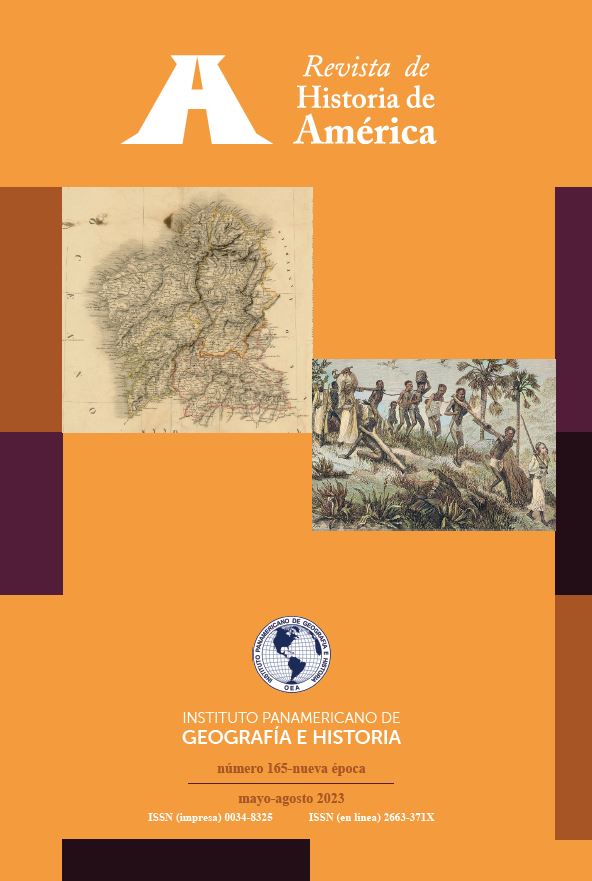Cuba and the Napoleonic memory: Antommarchi, relics, Julio Lobo and a museum
Main Article Content
Abstract
The memorial space emerges as a terrain of symbolic legitimization of memories and images of the past with a presentist vocation, which seeks to modulate the representations of the time lived. The political uses of the past are not a novelty and collective memory has regulated the memories of communities for centuries thanks to the performance of different frameworks or, in Nora's words, memory spaces. This paper attempts to approach the mechanisms of memorial reproduction, in order to explain why Cuba has become the repository of a Napoleonic memory and at the same time the disseminator of the golden legend of the Great Corsican. From collectionism, operated at different scales, to the pantheonization of a legendary image with the creation of a public museum, the text also aims to explain the factors that have encouraged the reproduction of the Napoleonic myth in Caribbean waters. The research relies on a diversity of sources ranging from the latest theoretical approaches to the subject to archival sources, files of pieces from museum collections, press of the time and audiovisual media. The complexity of a phenomenon such as memory and, in particular, Napoleonic memory, makes this interdisciplinary approach necessary, combining efforts from history, sociology, the arts and collectionism, to understand the origin and the plenitude of a phenomenon that has its roots in the nineteenth century.
Downloads
Article Details
-
Abstract318
-
PDF (Español)230

This work is licensed under a Creative Commons Attribution-NonCommercial-ShareAlike 4.0 International License.

